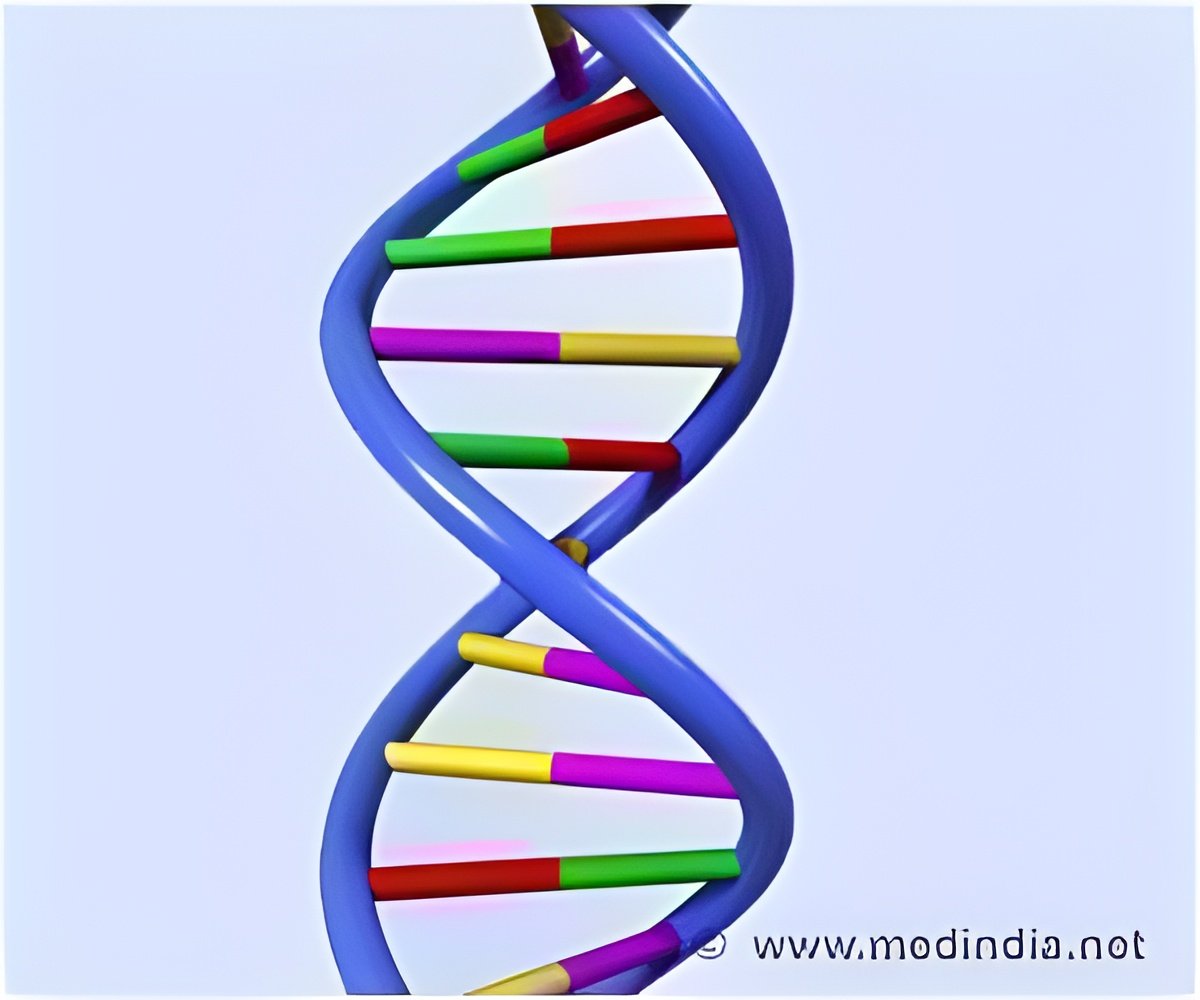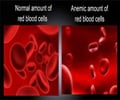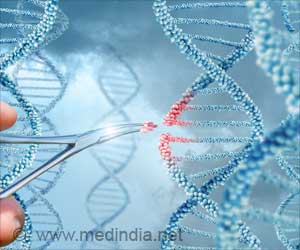Hemoglobin descended from a single gene transmitted to all by their last common ancestor, said scientists.

‘The research focused on the broad family to which hemoglobins belong: globins, proteins present in almost all living beings that 'store' gases like oxygen and nitric oxide. But globins usually act inside the cells because they do not circulate in the blood like hemoglobin.’





It was thought that for hemoglobin to have appeared in such diverse species, it must have been 'invented' several times during evolution. But recent research has shown that all of these hemoglobins born 'independently' actually derive from a single ancestral gene. Researchers from the Institut Jacques Monod (CNRS/Université de Paris), the Laboratoire Matière et Systèmes Complexes (CNRS/Université de Paris), the Station Biologique de Roscoff (CNRS/Sorbonne Université), the Universities of Saint Petersburg (Russia) and Rio de Janeiro (Brazil), conducted this research on Platynereis dumerilii, a small marine worm with red blood.
It is considered to be an animal that evolved slowly, because its genetic characteristics are close to those of the marine ancestor of most animals, Urbilateria(1). Studying these worms by comparing them with other species with red blood has helped in tracing back to the origins of hemoglobins.
This work shows that in all species with red blood, it is the same gene that makes a globin called 'cytoglobin' that independently evolved to become a hemoglobin-encoding gene. This new circulating molecule made oxygen transport more efficient in their ancestors, who became larger and more active.
Scientists now want to change scale and continue this work by studying when and how the different specialized cells of bilaterian vascular systems emerged.
Advertisement
Source-Eurekalert















